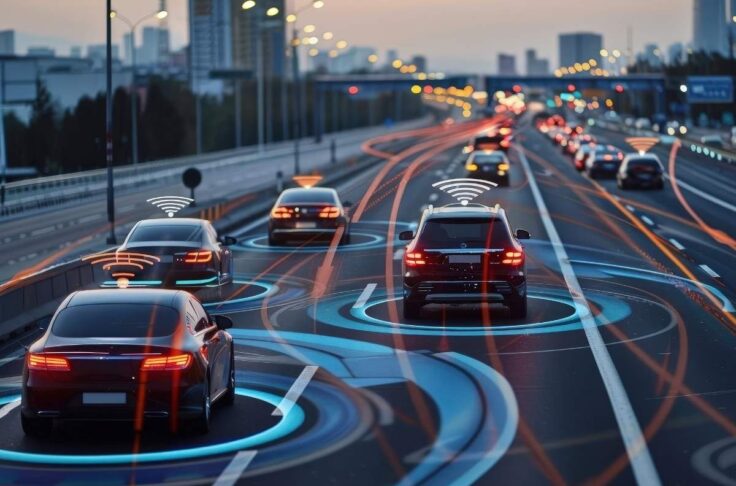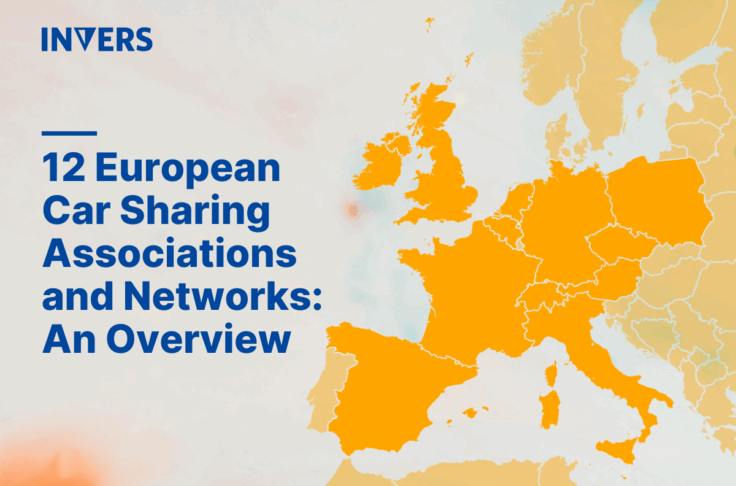Building Better Cities with Car Free Days
Summary
The second part of this two-part series highlights how mandating car free days helps people understand the value of less congestion, while also building social validation that shared mobility is a viable source for alternative transportation options.

Instead, people are encouraged to use alternative transportation options, which has traditionally involved walking, biking, and public transportation. As of recently, shared mobility has also been added to the mix. From carsharing to ridesharing, these options can provide first and last mile options to supplement the distance where walking and public transportation is less feasible.

Understandably, some people rely on their private vehicles out of necessity, like consultants or field workers. However, for those who make the average two trips a day to and from work, transportation options can and should be reassessed.
Related Posts

Car Sharing, Shared Mobility, Technology
Connected Cars in Shared Mobility – A Future Vision for 2035
By 2030, up to 95% of new vehicles sold worldwide will be connected cars - meaning they will be able to communicate with external devices. In this article, we dive into four car sharing use cases to discover how technology might change our mobility behavior in the future.

Car Sharing, Expert Interviews, Shared Mobility
Insights Interview on Car Sharing in South Korea
We interviewed Jieun Choi, Head of Marketing Department of G car, about the history of the South Korean market, synergies to other mobility markets, the South Korean regulatory framework and the future of car sharing in South Korea.

Car Sharing, Shared Mobility
12 European Car Sharing Associations and Networks: An Overview
Over the years, several car sharing associations and networks have emerged across Europe. Their goal: Helping operators in their country to grow their business. Here is a list of 12 important addresses you need to know.